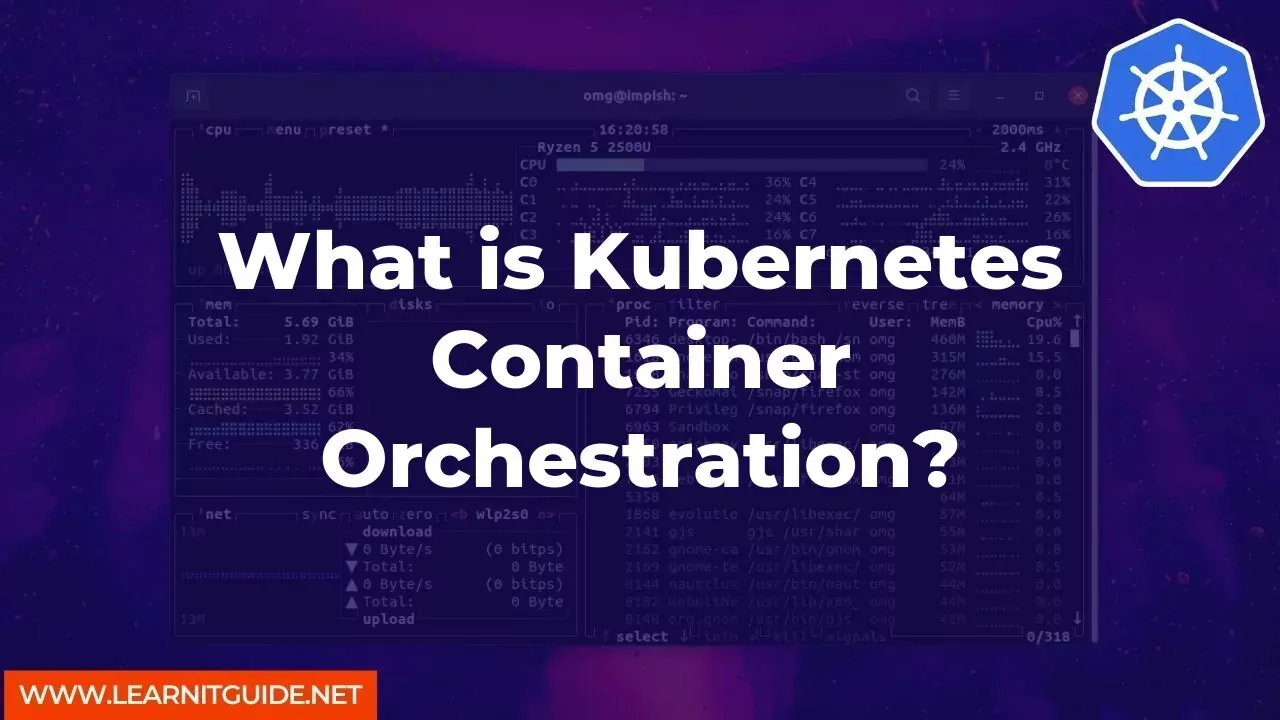In the world of software development, containerization has become a popular trend due to its portability, scalability, and flexibility. Kubernetes, an open-source container orchestration platform, has gained significant popularity over the years. Kubernetes is designed to automate the deployment, scaling, and management of containerized applications. In this article, we will discuss what Kubernetes is, how it works, and its benefits.
What is Kubernetes?
Kubernetes, commonly referred to as K8s, is an open-source container orchestration platform that automates the deployment, scaling, and management of containerized applications. It was originally developed by Google and later donated to the Cloud Native Computing Foundation (CNCF) in 2015. Kubernetes provides a platform-agnostic layer for deploying, managing, and scaling containerized applications.
How Does Kubernetes Work?
Kubernetes works by abstracting the underlying infrastructure and providing a unified API to manage containerized applications. It consists of a master node and worker nodes. The master node is responsible for managing the state of the cluster, while the worker nodes are responsible for running the application containers.
Kubernetes uses a declarative model to define the desired state of the cluster. You can define the desired state using YAML files, which describe the application, container image, number of replicas, and other configurations. Kubernetes then compares the desired state with the current state and takes action to reconcile any differences.
Benefits of Kubernetes
Kubernetes provides many benefits for containerized applications. Some of these benefits include:
Scalability: Kubernetes can automatically scale the number of containers based on the workload.
High Availability: Kubernetes can automatically recover from container or node failures.
Flexibility: Kubernetes supports multiple container runtimes, including Docker, CRI-O, and containerd.
Portability: Kubernetes can run on-premises or in the cloud, making it easy to migrate applications between environments.
Automation: Kubernetes automates many of the tasks associated with deploying and managing containerized applications, reducing the workload on developers and operations teams.
Getting Started with Kubernetes
To get started with Kubernetes, you will need to set up a Kubernetes cluster. There are many ways to set up a Kubernetes cluster, including using a cloud provider like Google Cloud Platform or Amazon Web Services, or using a local tool like Minikube.
Once you have a Kubernetes cluster set up, you can deploy your containerized application using Kubernetes. You will need to create a Kubernetes deployment, which describes the desired state of your application. You can also create a Kubernetes service, which provides a stable IP address and DNS name for your application.
Kubernetes has become an essential tool for managing containerized applications. It provides many benefits, including scalability, high availability, flexibility, portability, and automation. By abstracting the underlying infrastructure and providing a unified API, Kubernetes makes it easier to deploy and manage containerized applications. If you are working with containerized applications, it is worth taking the time to learn Kubernetes.
Related Searches and Questions asked:
That's it for this post. Keep practicing and have fun. Leave your comments if any.








0 Comments